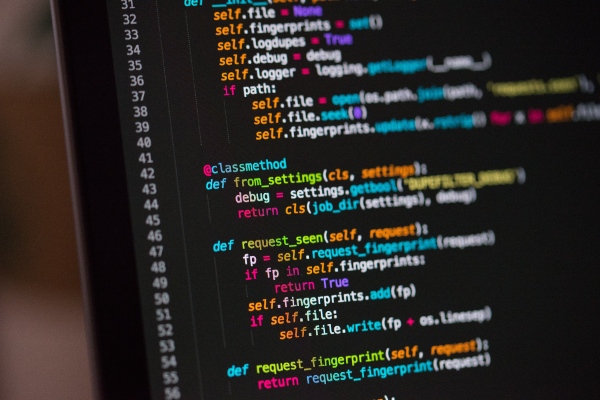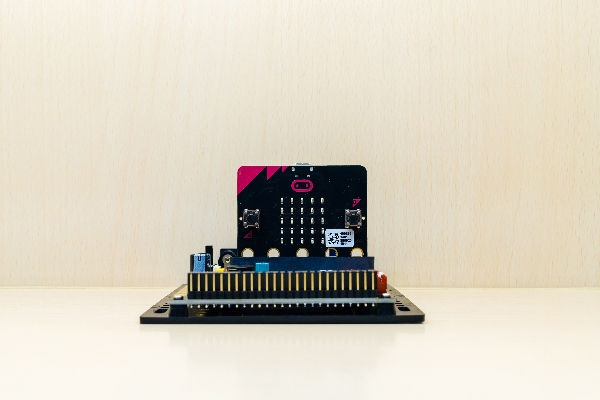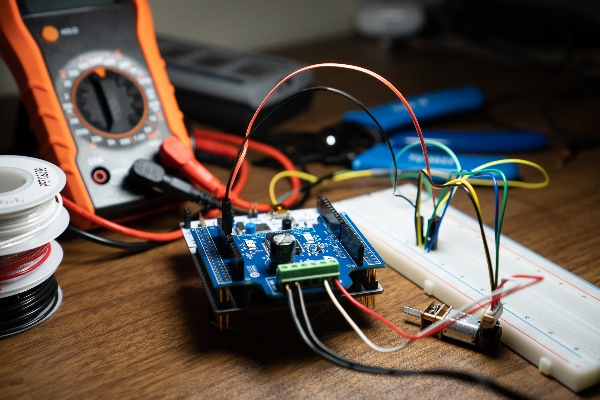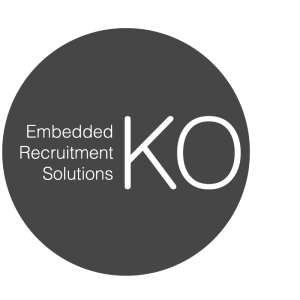Writing software for electronic embedded systems presents a specific set of challenges that general software development does not. Memory is limited because of the size and operating speeds of the devices, and limited battery life can impact how the code performs.
Using a programming language that is specifically designed for embedded systems is a great way to navigate these challenges, and MicroPython is a brilliant option in this instance. A refined implementation of the Python programming language designed specifically for micro compressors, MicroPython is ideal for programming embedded devices and systems and is particularly useful for those less familiar with other programming languages like C++.
In this article, we compare MicroPython vs Python, discuss what makes Python unique and what sets MicroPython apart from other programming languages, and advise on the best scenarios to use each of them in.
What is Python?
Python is one of the most commonly used programming languages by software developers. It began its life as the holiday project of Dutch programmer Guido van Rossum, but was then developed and launched in 1991 as a better version of the ABC programming language with improved readability and developer productivity.
Developers generally use Python as a language for scripting and automation tasks. It is also often used by engineers who want to rapidly develop applications, thanks to its dynamic typing and dynamic binding features.
Other key features of Python include that it is a high-level, object-oriented programming language which is interactive, has dynamic semantics and works across different platforms. The syntax is considered to be quite easy to read, so Python is often one of the first programming languages that engineers and developers learn, as it’s easier to debug and maintain.
The versatility and accessibility of Python make it one of the most popular programming languages for a wide range of tasks across all industries.

Advantages of Python
- Python was designed to be easy to learn and understand, which means that it’s a great programming language for developers at any level of experience
- Python is a portable programming language, so it can be run on a range of different platforms and programs
- Productivity is maximised whilst you’re coding in Python thanks to the language’s design, making it ideal for quick tasks
- Python has a huge standard library, so it’s easy to find a wide range of coding functions without having to install an external library
- Code written in Python is executed line by line, so if an error is found the code stops running immediately and the error is found, which can save a lot of time
- Python is dynamically typed, meaning that you don’t need to worry about declaring variables or data types as these are automatically assigned during execution
Disadvantages of Python
- Python uses a lot of memory to store code, which can affect its efficiency
- Runtime errors in Python or quite common so programs need to be thoroughly tested before they run properly
- The line-by-line execution of Python code means that it’s not the fastest programming language
- Some developers feel that Python’s database is underdeveloped in comparison to other languages
- Python is not the most efficient language for applications running on mobile and browsers because of its slow run time
- Data types of variables can change at any time in Python code, which means it requires more testing to remove unintentional errors
What is MicroPython?
MicroPython is an implementation of the Python programming language. It was developed in 2013 by Damien George and originally launched on Kickstarter to create a language for microcontrollers and small embedded systems that had the same simplicity and accessibility as Python.
The name ‘MicroPython’ comes from the fact that this subset of the programming language is designed to be used with microcontrollers. It includes a Python compiler, a runtime interpreter of the bytecode that this compiler produces, and a subset of the Python standard library.
Many people think of MicroPython as a more compact version of Python that makes hardware planning quicker and more straightforward. It’s often used in conjunction with a Pyboard which allows the language to run on the bare metal.

Advantages of MicroPython
- Perhaps the main advantage of MicroPython is that it has been optimised for processing constrained hardware so it works really well with microcontrollers
- MicroPython is an easy-to-read programming language, making it easier and faster to work with than other languages used for microcontrollers
- There’s good documentation for a number of different boards that you can use MicroPython with
- Since MicroPython is open-source, it has a very helpful community behind it that can be useful if you’re looking for help and support during projects
- Error handling in MicroPython is similar to Python, so the program will stop running if an error is identified
Disadvantages of MicroPython
- MicroPython isn’t as fast as other low-level programming languages that are used for microcontrollers, so performance doesn’t compare in the same way
- Similar to Python, the programming language also isn’t as memory-efficient
- The entire Python standard library cannot implement MicroPython
- MicroPython isn’t very portable between devices
- Debugging can be lengthy and time-consuming, so it’s not an ideal language for time-sensitive projects
The Difference Between MicroPython and Python
There aren’t a great deal of differences when it comes to MicroPython vs Python, as the former is a more compact version of the latter designed for a specific purpose. However, when it comes to properly understanding the purpose and uses of each programming language, being able to describe their differences is important.
The key difference between Python and MicroPython comes from the fact that they are designed for different purposes. Python is used to write code that runs on powerful processors, whilst MicroPython was designed to be compatible and power microcontrollers and microprocessors.
One of the biggest differences between Micro Python and Python is how the two programming languages manage memory. One of Python’s main advantages over other languages is that it uses a garbage collector for memory management, but MicroPython requires the user to manually manage memory and allocate it themselves.
Another difference is that MicroPython can integrate with circuits, sensors, buttons, displays and other aspects of electronics seamlessly; this is one of the main things it was designed to do. Python on the other hand cannot, as it’s not a compatible programming language.
The syntax of Python and MicroPython is quite similar, but differs because of the limited features that MicroPython has due to its compact size. Python’s syntax uses whitespace to indicate blocks of code, whereas forgetting to use a space to form an acceptable expression in MicroPython would cause syntax errors.
One feature of MicroPython that is unique is that you can write code, ‘freeze’ this as a module and then reuse it as a library. Unlike with Python, you can use this to avoid having to repeatedly download the same error-free code.
Speaking of libraries, a significant factor in the MicroPython vs Python debate is that Python has a lot more core libraries available. You use MicroPython to do a smaller range of programming tasks, but you also have more limited access to a subset range of standard libraries.
On the flip side of this point however, MicroPython doesn’t require as many resources as Python to run. It also doesn’t rely on an operating system, as the language itself provides this.

When Should You Use MicroPython and Python?
If you’re a software developer or engineer with experience in both Python and MicroPython, the good news is that it’s quite straightforward to choose between using one of the two programming languages. As with many choices like these, it comes down to the kind of project that you’re working on.
If you’re writing code for a microcontroller, in a constrained environment or an embedded system, MicroPython is an ideal programming language to use. It’s been specifically designed to provide an optimal experience for developers working on firmware or software for embedded development boards, and is particularly useful if you want to develop something quickly.
MicroPython is a particularly good choice for this kind of software development because the syntax of Python is so accessible. C and C++ are other popular languages for embedded software development but are much harder to learn, whereas MicroPython provides a much more beginner-friendly alternative.
If you’re working on a different type of coding project however, Python is the best choice as it is much more versatile. From building applications to web or game development, there are a lot of different projects you can work on. So unless you’re writing code for a microcontroller, Python is the better choice of the two.
Python is also a great choice over other programming languages like C or C++ because of its usability and easy syntax. If you’re new to coding, or you’re trying to develop a project quickly, Python is a great language to use to work efficiently without too many obstacles to overcome.

Summary
MicroPython is a really easy-to-use programming language that is ideal if you’re trying to write embedded systems software. If you’re already familiar with Python then getting to grips with MicroPython isn’t too much of a learning curve, and as an embedded software developer there are plenty of benefits to being proficient in this coding language.
If you’re an embedded software engineer looking for a new job opportunity, KO2 is a specialist recruitment agency that can help land you your ideal role. Take a look at our available jobs or get in touch with our team to tell us what you’re looking for.







